Deciding on Victron Energy Components vs. EcoFlow PowerKit and your electrical system as a whole, is challenging. With the amount of articles available, you can get bits a pieces here and there, but we’ve done all the research and compiled it here. There is no “one size fits all” approach to van life, and so here is what we found, and read to the end to see if we decided on the EcoFlow PowerKit or a custom built solution with Victron components!
💡 Technologies are often changing so we’ll keep this article up to date with the latest releases.
Definitions
The Victron set-up consists of all Victron components, Inverter-Charger, MPPT charge controller, etc. The batteries considered are general Lithium batteries, as there are many options available. Be sure to read our complete review of the EcoFlow PowerKit.
Capability
To start we need to hit capability, because if the EcoFlow PowerKit or custom Victron solution cannot do something, it is crucial.
⚡ To learn more about what the EcoFlow PowerKit is, check out our article here.
With the Victron custom component set up, the sky is the limit for capabilities. You can mix and match components, only limited by your goals, budget, and experience wiring everything up. With the EcoFlow PowerKit, you are investing in an all-in-one setup and as such, are extremely confined with the capabilities. With this being said, let’s dive into what capabilities we need for a satisfactory van build.
Enough power to run our systems: AC, Induction Cooktop, Starlink, etc.
The most important capability of your electrical system, is often downplayed. Can it support all the systems you need in your van? Since we are planning an all electric buildout, without Propane, we have some high power requirements.
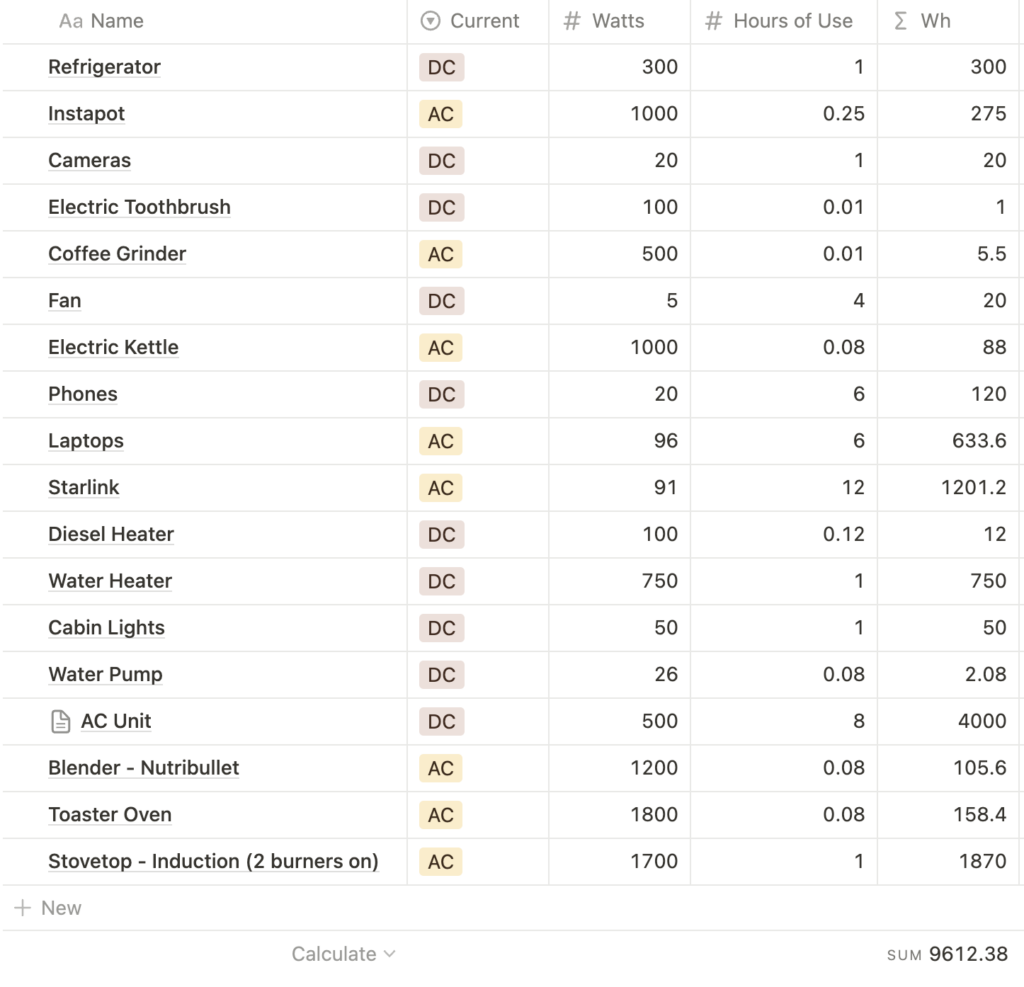
There are two important facets to power requirements, daily use and use at one time.
For daily use, we need to look at our battery bank sizes. We’ll use the EcoFlow PowerKit maximum for this, which is 50kWh. EcoFlow used to have a 10kW maximum (two 5kWh batteries and a DC air conditioner), but now they’ve released the Power Dock, which expands the battery capacity significantly. With our theoretical maximum daily use at 9.6kWh, EcoFlow has plenty of power capability to support our Van Build.
For use at one time, we need to look at inverter output. The EcoFlow PowerKit has a 3600W sustained and 7200W burst inversion while Victron has a 3000W inverter (with 2400W sustained). A 3kW inverter will run all of the appliances individually as well as combinations of most. This checks the box for both Victron and EcoFlow PowerKit.
Regular charging to refill our battery bank
When considering charging in a Van Build, we can look at 3 different sections: solar, alternator, shore power / generator.
Solar Charging Comparison
Solar on a van build is limited primarily by the available space on your roof. We decided to install a roof rack so we could maximize our Solar generation capabilities with 825W. Victron sells many MPPT Solar Charge Controllers and EcoFlow PowerKit will accept at most 1.6kW (in one input) so both are satisfied with respect to Solar.
Alternator Charging Comparison
Alternator charging is the first piece where we have a real deviation with capability comparing Victron Components vs. EcoFlow PowerKit. Looking at the highest rated (power) alternator available, we find the Nations 48V Alternator.
| Voltage | Amps | Estimated Output (80% efficiency) |
|---|---|---|
| 48V | 100A | 3.8kWh |
However, a 48V Alternator adds a lot of complexity to the EcoFlow PowerKit. This is because the connection diagram shows you need to connect the Alternator input to your battery. Of course to get 48V in, we need a 48V battery, unless we step up the voltage somehow. Suffice to say, with the PowerHub a 48V Alternator Charge will need quite a bit of additional components and design, increasing the cost significantly. So let’s compare a more reasonable set up, the Nations 12V Alternator:
| Voltage | Amps | Estimated Output (80% efficiency) |
|---|---|---|
| 12V | 280A | 2.7kW |
With a Victron System we will be able to get all of this charge, as long as we include the correct BMS and batteries. For the EcoFlow PowerKit we are limited by the PowerHub, and the max incoming power is 1.6kWh. We need to get into the technical details here, so bear with me for a minute! For the EcoFlow PowerKit, we must look at the maximum amperage as that will limit the power. The specifications for the EcoFlow PowerKit show 60A maximum and a Voltage input of 12-60V, and assuming you use their new 800W Alternator Charger we’ll use that.
| Voltage | Amps (constrained) | Estimated Output |
|---|---|---|
| 12V | 60A | 0.8kW |
This leaves an estimated 1.9kW (2.7kW – .8kW) difference. Referencing a 10kW battery bank, this means a Victron 12V Nations Secondary Alternator set up will charge your battery bank about 20% faster than the EcoFlow PowerKit.
Alternator charging is further nuanced because EcoFlow does allow for a second alternator input, maxed out at 1.6kW and you can have more alternators added to your engine for more Victron charging as well. We will focus on the 1.9kW because that is the most standard, and what applies to our situation.
Shore Power / Generator Charging Comparison
The EcoFlow PowerKit accepts 15A and 30A with a maximum input of 3000W. A Victron system can accept 50A, but we can call this even for both systems.
Sufficient Battery Bank to Last Heavy Use and Poor Weather
The second piece with deviations between the systems is the possible size of battery banks. With Victron, as above, your budget and space is the limit. Let’s guesstimate this as 20kW, considering the limited space in Vans. For EcoFlow, the maximum battery bank, with a DC Air Conditioner, was 10kWh, and now with the power dock there is no difference with both options.
Our rule of thumb for battery life, is to plan for 3 days without charging. In other words, assume we are in cloudy weather with 0 solar generation, we are not plugged in to a campground, and we are not running our vehicle, how long will the batteries last with normal usage?
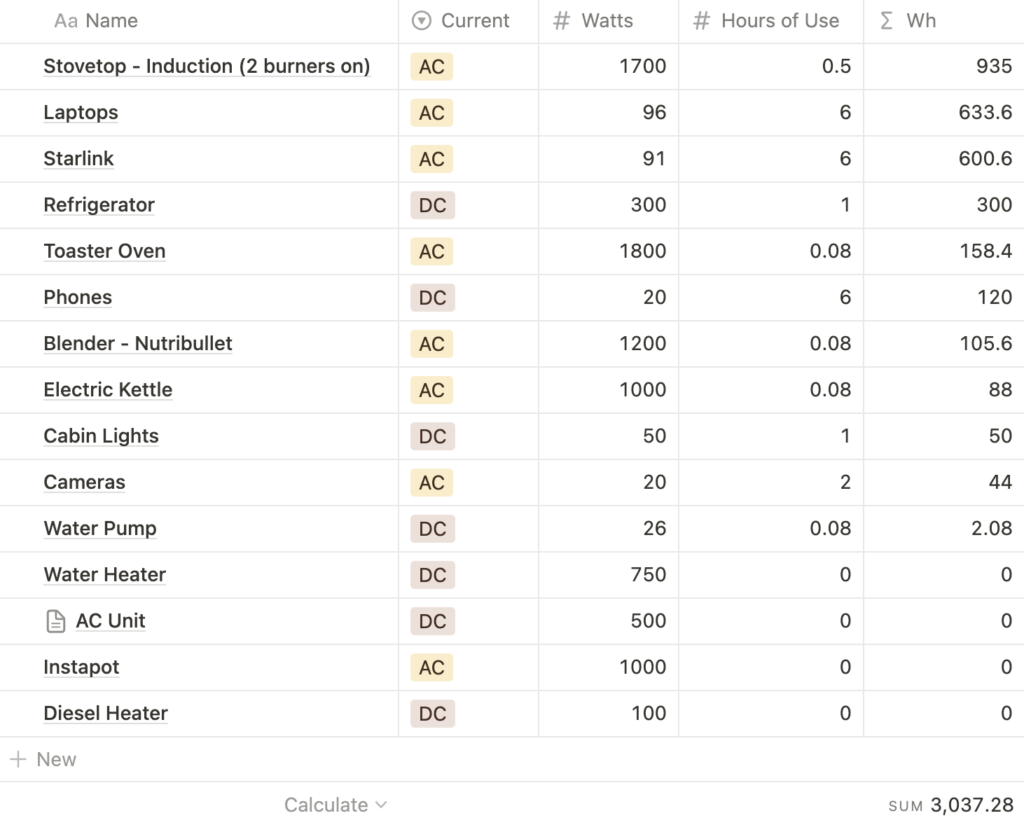
| Estimated Normal Usage | Total Battery Bank | Amount of Days with Zero Incoming Charge |
|---|---|---|
| 3kW | 10kW | 3.3 days |
With almost 4 days of charge, in normal use, 10kW of battery power will satisfy our needs. This is a very individual calculation, heavily depending on our goals and intended use, so you’ll need to calculate your electrical requirements and goals to determine if the EcoFlow PowerKit will satisfy your needs.
Charging Goals
Now, lets go into our charging goals with van life. Personally, we do not plan to go to Campgrounds unless it is 90+ degrees F or if the location demands it. This means we need to look at our estimated daily use and subtract our estimated daily charge. Let’s start by tallying up our charging capabilities, with the limiting factor – EcoFlow PowerKit:
| Name | Power | Estimated Hours of Charge per Day | Incoming Watt Hours |
|---|---|---|---|
| Solar Panels | 825W | 4 | 3.3kW |
| Secondary Alternator | 800W | 1 | 0.8kW |
Now let’s subtract our daily estimated use:
| Estimated Normal Usage | Estimated Incoming Charge | Percentage Over Charge |
|---|---|---|
| 3kW | 4.1kW | 137% |
This means that, on an average, sunny day – we will overcome all our charge and put some back in the bank.
Let’s run through two examples on days with zero solar, because we should account for that as well:
| Scenario | Power Needed | Time of Driving Needed with EcoFlow | Time of Driving Needed with Victron |
|---|---|---|---|
| Daily Usage | 3kW | 3hr 45m | 1hr 6m |
| Empty Batteries | 10kW | 12hr 30m | 3h 42m |
TLDR: Considering the limitations of EcoFlow PowerKit, and the flexibility of Victron Components – both can work for our van build, however, Victron would be better.
Cost
After capability the second most important factor here is cost. There are two important facets to cost, upfront and installation. If one is vastly more expensive than the other, it would seriously impact our decision.
Upfront Materials Cost Comparison
Since a custom Victron solution can be anything we want, we will estimate out as similar as possible build to the 10kWh EcoFlow PowerKit, as that is the EcoFlow PowerKit that satisfies our capability requirements above. The EcoFlow PowerKit, Independence Version with AC Cable (as of writing this article) is on sale for $10,799.
Cost of Solar Panels
The 825W of Solar Panels on the top of our Van, is the same cost for both options so that cancels out.
Cost of Alternator Charging
The 12V Nations Alternator and Wakespeed are the same for both a custom Victron system and EcoFlow PowerKit so that cancels out. As mentioned above, we can have slightly additional charge on the EcoFlow PowerKit and significant additional charge on the Victron set up if we go 48V, however that increases cost.
Victron Components Needed
| Component | Purpose | Price |
|---|---|---|
| Lynx BMS | Battery Management System | $956 |
| Shunt | State of charge of batteries | $117 |
| Cerbo GX | System Control | $287 |
| Cerbo GX Touch | Display for System Control | $220 |
| Multiplus II | Inverter Charger | $1,233 |
| Lynx Distributor | Fuses and Electrical | $211 |
| Lithium Batteries | 9.6kWh Batteries | $4,240 |
| MPPT Solar Charge Controller | Solar charging | $280 |
| AC / DC Switch Panel | Safety and routing your electrical components. | ~ $100 |
| Wires and Fuses | This incorporates the wires and fuses before the switch panel, mounting boards, etc. | ~ $200 |
The total of similar Victron components is $7,844. This means that the upfront const for Victron is about $3,000 cheaper than EcoFlow PowerKit. There are a few features of the EcoFlow PowerKit that are not in the table of Victron, because we wouldn’t install them, so you can include their value if they matter to your build.
- The EcoFlow PowerKit includes a DC-DC charger to quick start your van battery bank if your starting battery gets low.
- The EcoFlow PowerKit’s AC/DC fuse panel is smart, and you can turn on and off switches there from the mobile app or Console.
Both these are nice to have for us, but good to call out in the up front cost!
Installation Cost of a custom Victron Components vs EcoFlow PowerKit
For our van build, we will be installing the electrical systems ourselves. This means that there is no monetary cost for installation, rather just a time cost. Since this is a planning blog post, we don’t know exactly how long it will take, but referencing Van Land’s review we can estimate the following:
| EcoFlow PowerKit | 4-6 hours |
| Victron Components | 40 hours – 50 hours |
If we take a rate of $100 / hour that makes the installation roughly $3,600 to $4,400 more expensive for a Victron System.
All in all, here is the final price comparison for Victron Components vs EcoFlow PowerKit
| EcoFlow PowerKit | $11,399 |
| Victron Components | $12,244 |
As you can see, both systems are comparatively expensive and a very similar price point. This is probably the biggest deciding factor for us though, because we can save the $4,400 by installing it ourselves and spend our time to save some cash.
Reliability / Support
Both Victron and EcoFlow are high end products. and have pretty solid reliability. So what we care about is how often do we have failures and what happens when we have a failure.
We have had a Victron Orion DC-DC component fail for us, when we were living aboard our boat Pivot. We were using it to charge our battery bank from our Alternator. Well, when we connected it and debugged our set up, we found that the device was faulty. I reached out to the supplier through Amazon and we had a replacement shipped within the week. It was a seamless process, and a huge pro for a Victron system.

With EcoFlow, replacing a component is extremely easy since it is just a plug-and-play system, however getting those replaced components can be a challenge. This is because, EcoFlow is a much less distributed company with less suppliers than Victron. You should buy your EcoFlow through a reputable reseller like Campervan-HQ so they can help you with any faults you may find.
Installation
Installing an electrical system can be complex with a custom Victron system, or simple with the EcoFlow. As mentioned above with the costs section, the 4-6 hours of estimated install for the EcoFlow PowerKit compared to the 40-50 hours estimated install for the Victron. Outside of the time investment, you also need to consider the difficulty.
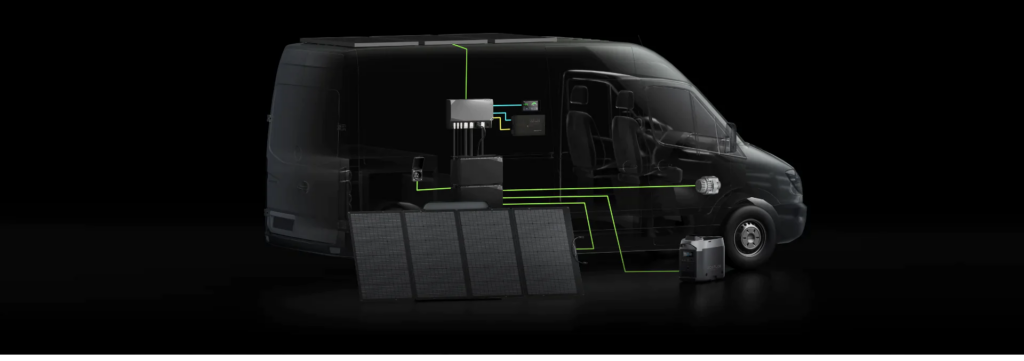
Difficulty
Since the EcoFlow PowerKit is plug-and-play there isn’t much difficulty and the knowledge required is minimal. Since I am a Computer Engineer, it is less impactful in our decision making, as they say, “time is money” so that is a huge plus for the EcoFlow PowerKit.
For a custom Victron set-up, you have to not only understand which components to purchase but also how to connect them, and how to properly select the correct wires and fittings. This is a safety issue, because if you implement wires that are an inadequate size, they can overheat and cause fires. The most frequent errors when installing a well-designed system involve loose connections, so extra care will be needed during the install.
⚡ We use the Blue Sea Systems website for wire planning
Size / Location
Considering the EcoFlow PowerKit’s Power Hub combines many components in one device, the MPPT solar charge controllers, DC-DC Chargers for the Alternator, as well as the Inverter Charger, the footprint is much smaller than the Victron custom components. This means that the custom Victron set up will take more room than the EcoFlow PowerKit. With a Van build, all available space needs to be used so this is a win in the EcoFlow category, although the difference is not huge.
Upgradability
An EcoFlow PowerKit, since it is a plug-and-play, all-in-one system, is not very upgradable. Perhaps when a new Power Hub is released, you may be able to replace that, but
a) its a big assumption that their will be a new Power Hub and it will be backward compatible
b) it will be expensive.
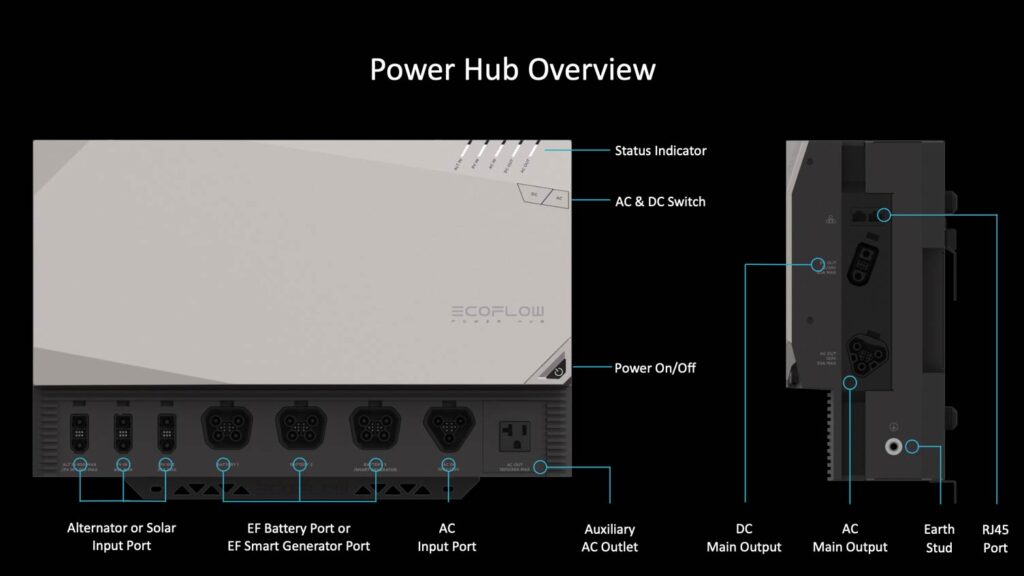
With a custom Victron system, however, the world is your oyster. You can replace individual components and add batteries as desired. This gives you flexibility if our electrical requirements change throughout van life.
Final thoughts
Both the EcoFlow PowerKit and custom Victron set-up have their pros and cons. There really is no right or wrong here, simply what works best with your goals. Check back here, we will share which direction we go with with our Van Build of Pivot the second!
Save for Later
Save this to Pinterest to read again later!
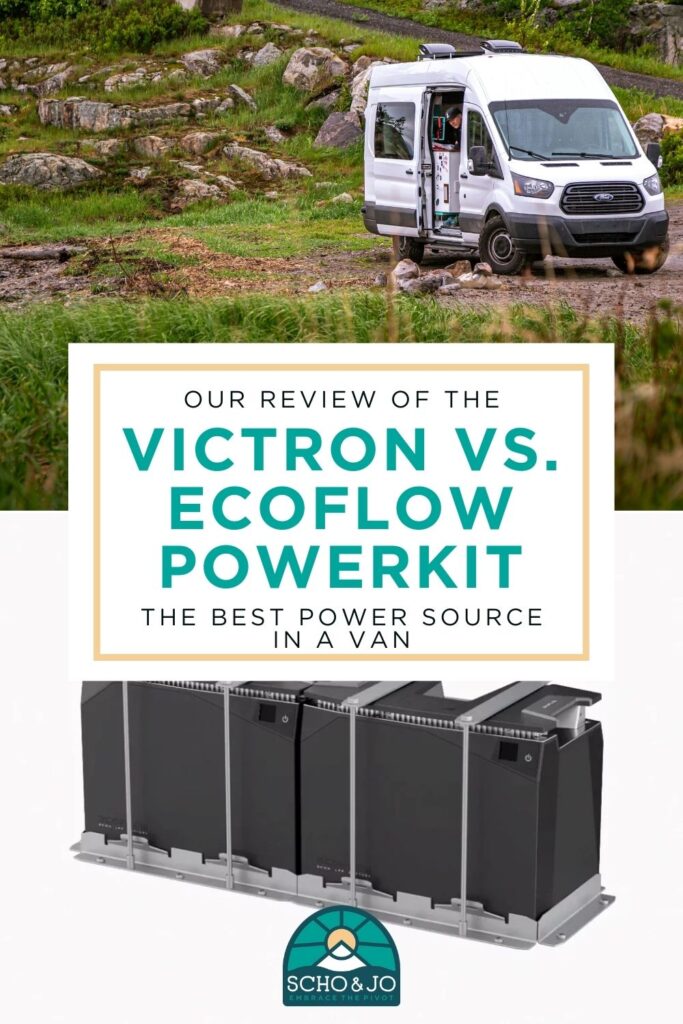
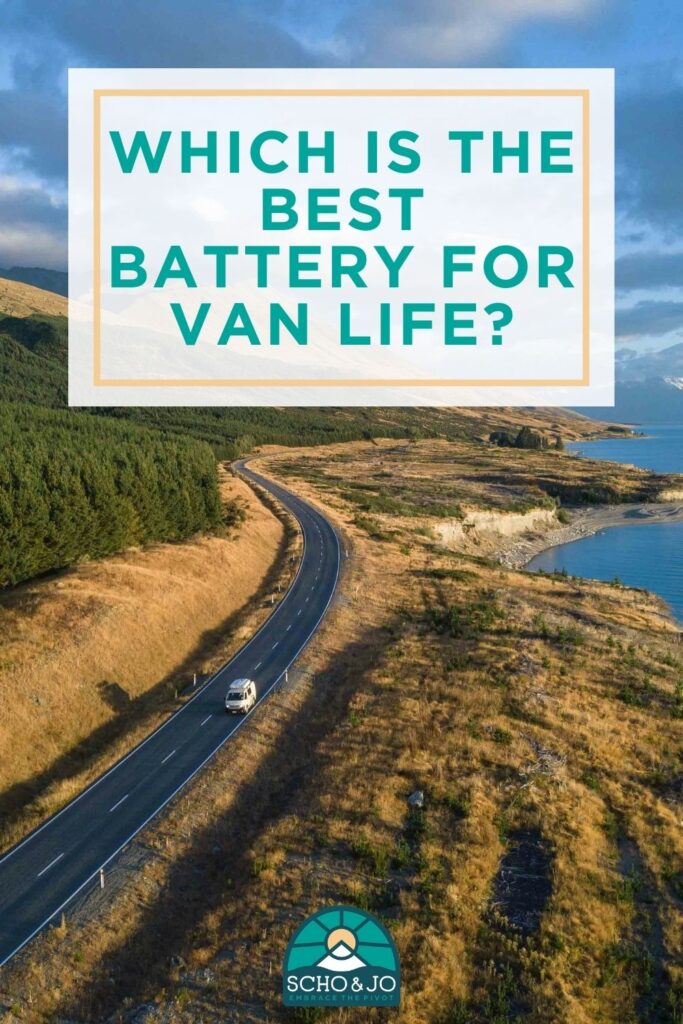

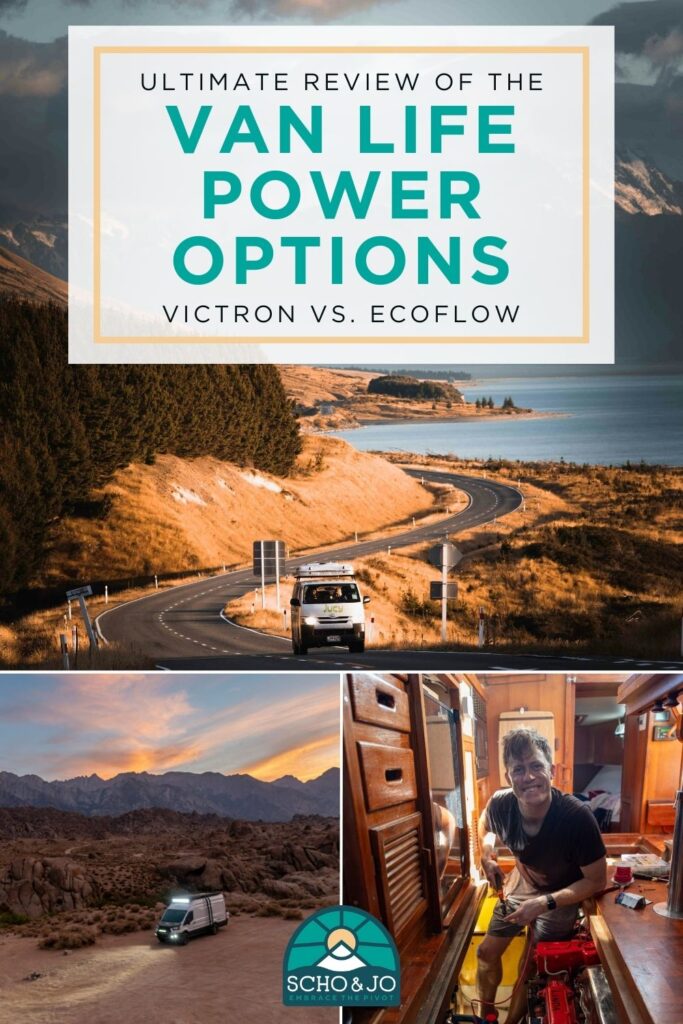









Leave a Reply